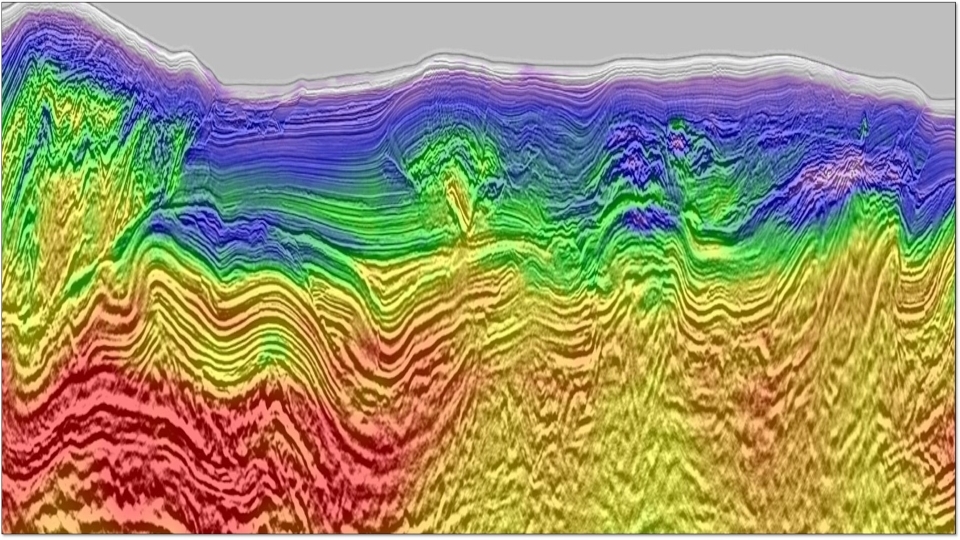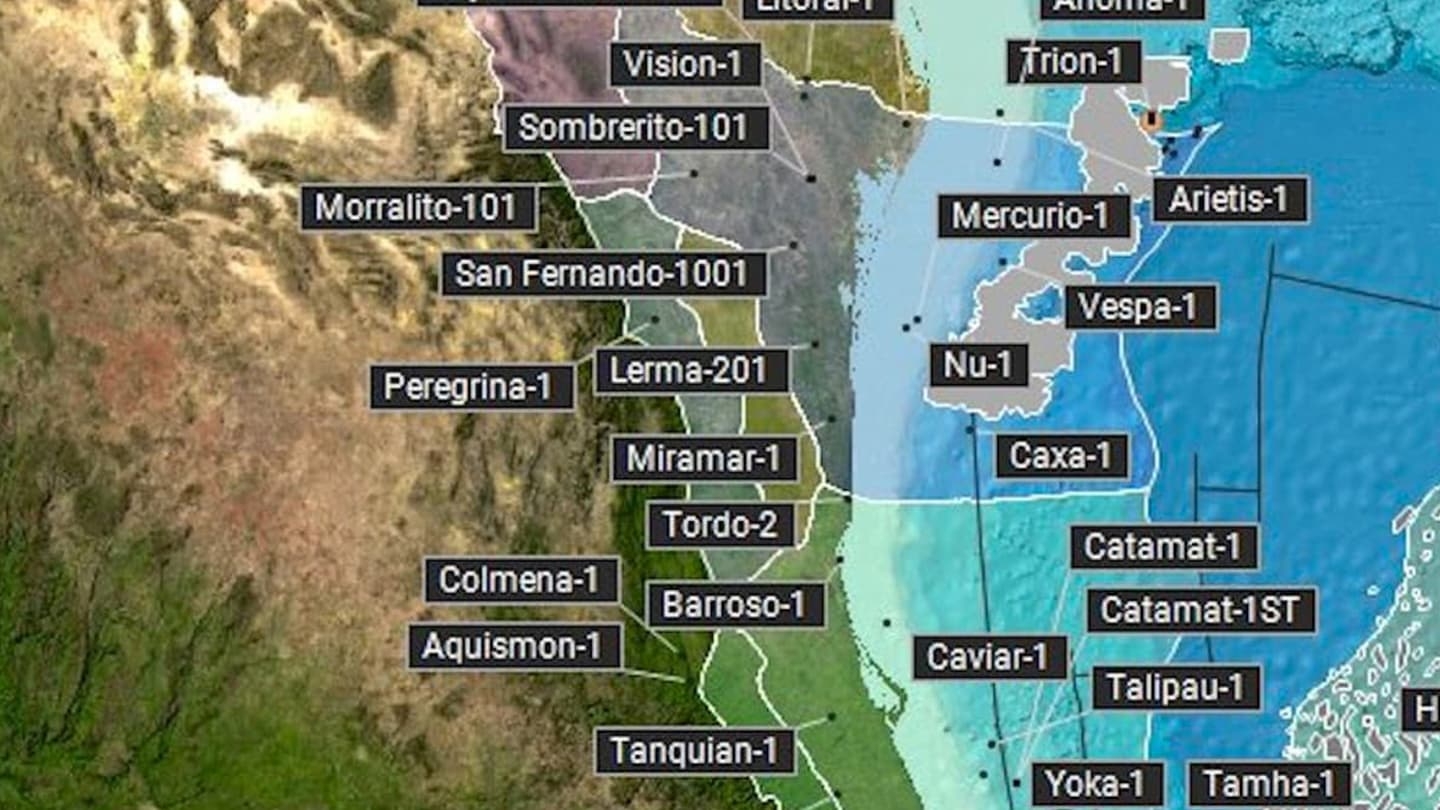Technical Abstract
Sparse nodes for velocity: Learnings from Atlantis OBN full-waveform inversion test
Back to Technical ContentAs the key step in subsalt imaging, conventional salt model building has typically relied on manual interpretation of the salt geometry, which proves to be difficult for resolving complex salt models. As a result, subsalt imaging has been approaching a plateau in the last few years, largely due to our inability to improve the accuracy of salt models. Fast forward to today, where the recent success of using full-waveform inversion (FWI) to automatically update salt models and significantly improve subsalt images has opened the door to a new era of subsalt imaging. As FWI for salt model updates prefers data with good low frequencies, long offsets, and full azimuth, sparse node-for-velocity surveys were proposed to serve as an economic yet suitable acquisition solution for large-scale subsalt exploration. Due to FWI’s prior inability to update salt models for field data, the feasibility of sparse node-for-velocity surveys was previously only studied based on synthetic data, from which the conclusions might not be immediately applicable to field data. Using our recently-developed FWI algorithm that proves to work on salt in field data and by decimating the densely-acquired Atlantis ocean bottom node (OBN) data, we studied the impact of sparse node data for FWI salt model updates. Based on the understanding gained from this, we further proposed and validated methods to improve FWI results with sparse node-for-velocity data.
Download Resource 
Publications
SEG - Society of Exploration GeophysicistsAuthors
Jiawei Mei*, Zhigang Zhang, Feng Lin, Rongxin Huang, Ping Wang (CGG); Cheryl Mifflin (BHP)





